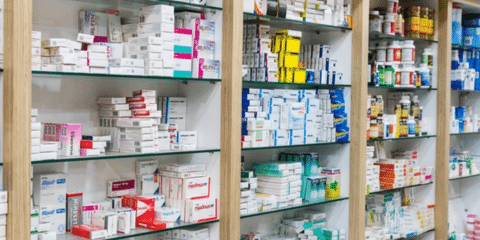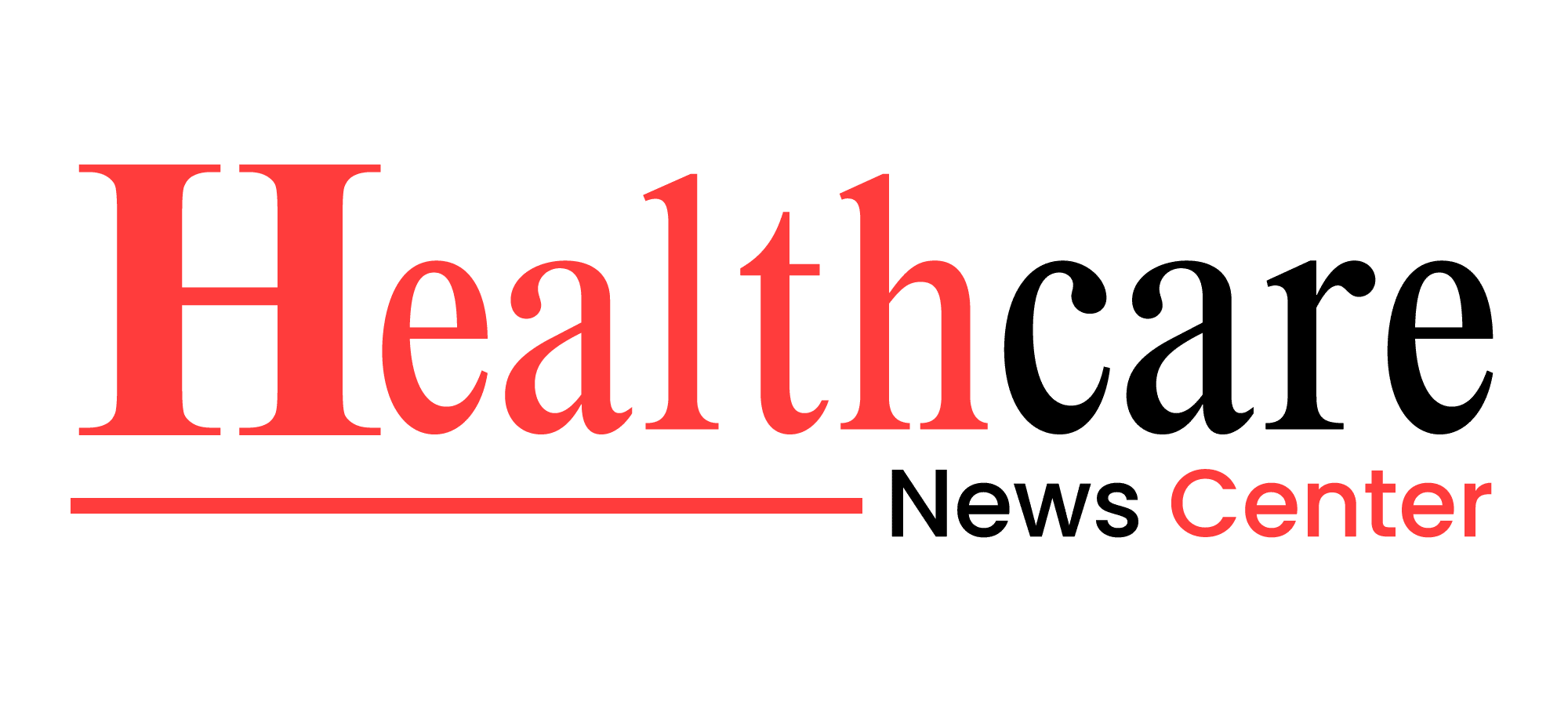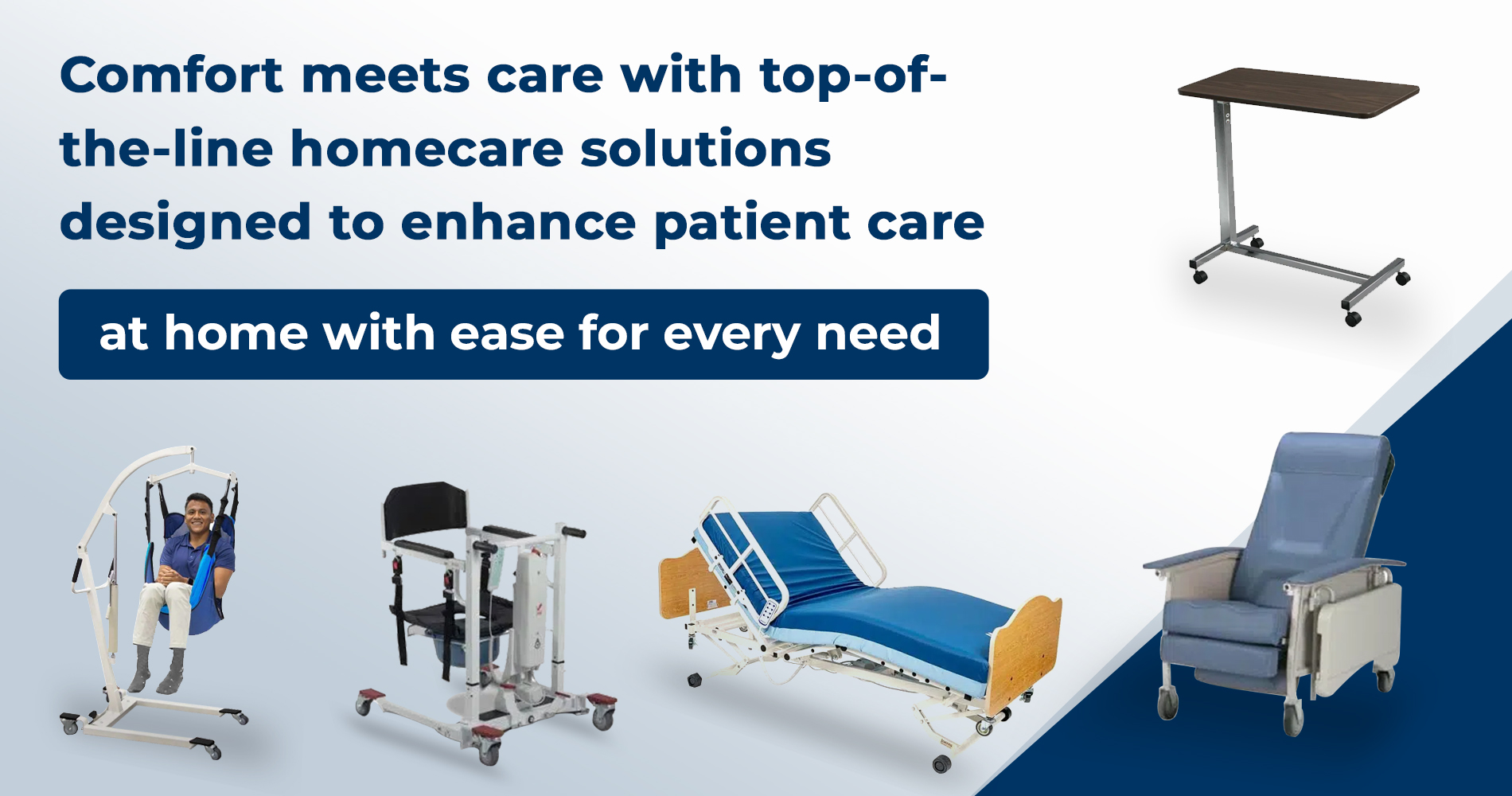A Historic Move to Lower Drug Prices, Reshape U.S. Healthcare, and Disrupt Global Pharmaceutical Economics
Introduction: A Landmark Policy to Lower Drug Prices
On May 12, 2025, President Donald Trump signed a landmark executive order targeting the sky-high prescription drug prices in the United States. By aligning domestic pricing with the lowest rates paid by other developed countries, this “Most-Favored-Nation” (MFN) policy aims to deliver major cost savings to American patients, Medicare, and Medicaid programs. For decades, the U.S. has paid more than double what other nations pay for the same medications—this policy seeks to reverse that trend.
“No American should pay more for medicine than a patient in Germany or Japan. It’s time to put our people first.” — President Donald J. Trump
Background: Why Prescription Drug Prices Have Soared
According to The Guardian, prescription drug prices in the U.S. have been among the highest globally, driven by monopolistic pricing power, opaque negotiations, and the role of intermediaries like pharmacy benefit managers (PBMs). The Trump administration’s executive order mandates that Medicare and Medicaid only pay the lowest price available among peer nations—a game-changing move previously shelved during Trump’s first term due to legal obstacles.
Key Actions in the Executive Order
- 30-Day Compliance Window: Drug manufacturers have 30 days to voluntarily reduce their prices to MFN levels or face potential enforcement.
- Direct-to-Consumer Pricing: Patients will be able to buy directly from manufacturers at globally benchmarked rates, bypassing PBMs. (WhiteHouse.gov)
- Trade Enforcement: The U.S. will address foreign policies that contribute to inflated domestic prices.
Who’s Involved?
- President Donald Trump: Reintroducing a policy he once deemed too important to abandon.
- Health Secretary Robert F. Kennedy Jr.: Leads negotiation efforts with pharma companies.
- CMS Administrator Mehmet Oz: Oversees Medicare and Medicaid compliance.
Anticipated Impact: How the Policy Reduces Medication Costs
The administration estimates price reductions of 30% to 90% for various prescription drugs, benefiting:
- Seniors and Medicare Patients: Lower co-pays and improved affordability.
- Uninsured Americans: Direct-to-consumer access ensures better equity.
- Taxpayers: Reduced government spending.
For more projections, visit AP News.
Where Drugs Are Made & Who’s Affected
Many prescription drugs are manufactured overseas, with countries like China and India producing a large share of active pharmaceutical ingredients (APIs). Major companies like Pfizer, Merck, and Johnson & Johnson operate globally. If forced to accept lower U.S. prices, manufacturers may have to reconsider where and how they produce to remain profitable.
Trump’s Justification: Fairness for American Patients
Trump emphasized that Americans have unfairly borne the burden of funding global pharmaceutical R&D. With the MFN policy, he argues, U.S. patients will stop subsidizing the rest of the world. The policy also aims to undercut the role of PBMs, which Trump claims inflate prescription drug prices with little accountability.

Pushback from Pharmaceutical Companies
Pharmaceutical giants and trade associations like PhRMA argue the policy threatens innovation and could lead to:
- Reduced R&D Budgets
- Potential Drug Shortages
- Price Hikes Abroad to Offset U.S. Losses
According to New York Magazine, legal experts predict lawsuits could follow, as was the case when a similar policy was attempted in 2020.
Global Reaction: Domino Effect on International Pricing
Countries with public healthcare systems like the UK, Germany, and Canada may soon feel pressure from drug companies to raise prices in response to the U.S. crackdown. As the world’s largest pharma market shifts, global pricing models could face serious disruption. Policymakers in Europe and Asia have already expressed concern over long-term affordability and drug access.
How to Reduce Medication Costs in the Long Run
While Trump’s executive order is a bold first step, experts say more is needed:
- Boost transparency in PBM contracts
- Allow Medicare to negotiate directly
- Encourage domestic API manufacturing
- Expand generic drug competition
For deeper insights, see the Kaiser Family Foundation.
Final Thoughts: Prescription Drug Prices Are at a Crossroads
Trump’s executive order to lower drug prices has reignited the debate over how to balance innovation, access, and cost. While the measure has triggered intense opposition from Big Pharma, it resonates with millions of Americans struggling with unaffordable medication.
As healthcare costs remain a top concern for voters, this policy may become a central issue in the upcoming election cycle. Regardless of political views, one thing is clear: the battle over how to reduce medication costs is far from over.

